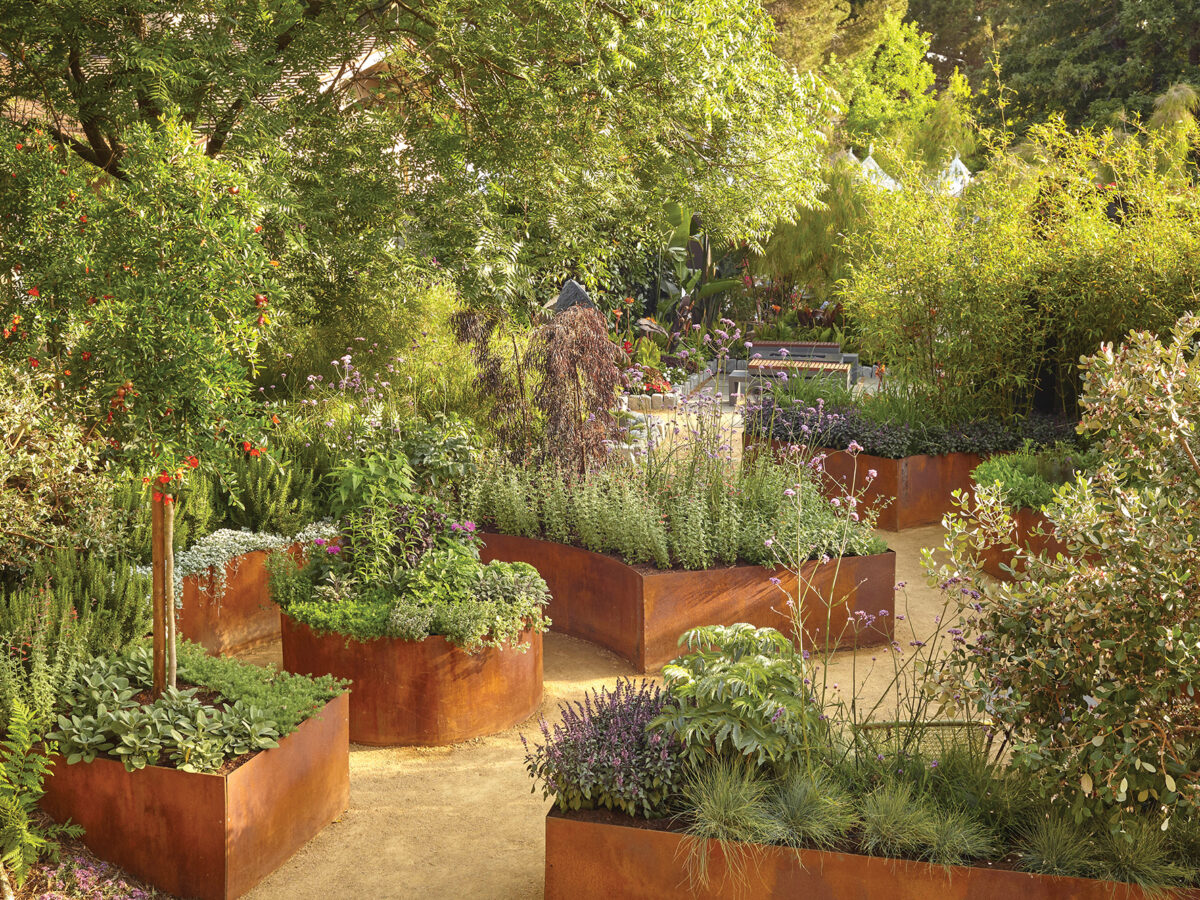Little Known Facts About Hilton Head Landscapes.
Table of ContentsHilton Head Landscapes - An OverviewThe Hilton Head Landscapes DiariesThe Facts About Hilton Head Landscapes RevealedThe Greatest Guide To Hilton Head LandscapesHilton Head Landscapes for DummiesHilton Head Landscapes Can Be Fun For EveryoneThe Best Strategy To Use For Hilton Head Landscapes
Line develops all forms and patterns and can be made use of in a variety of methods the landscape. Line in the landscape is created by the side in between two products, the summary or shape of a type, or a lengthy direct function. Lines are a powerful device for the developer because they can be made use of to create a limitless range of forms and forms, and they regulate movement of the eye and the body.

Lines in the landscape. The properties of lines establish how individuals react to the landscape, both psychologically and literally.
Not known Details About Hilton Head Landscapes
Straight lines are usually discovered in hardscape sides and material. Rounded lines develop an informal, all-natural, kicked back personality that is connected more with nature and unbalanced balance. Curved lines move the eye at a slower speed and add enigma to the room by producing surprise sights. Upright lines move the eye up, making a space feel larger.
Vertical lines in the landscape consist of tall, slim plant product, such as trees, or tall structures, such as an arbor or a bird house on a pole. Straight lines relocate the eye along the ground aircraft and can make a room feel larger. Reduced lines are extra subdued and produce a feeling of rest or repose.
What Does Hilton Head Landscapes Do?
Lines are also produced by the vertical types of constructed features and plant material. There are three primary line kinds that produce type in the landscape: bedlines, hardscape lines, and plant lines.
Bedlines connect plant material to the home and hardscape since the eye follows the line, relocating the look via the landscape. Hardscape lines are created by the edge of the hardscape, which delineates the built structure. Line can additionally be created by long and narrow materials, such as a fencing or wall.
The Hilton Head Landscapes Diaries
Kind is located in both hardscape and plants, and it is generally the dominant visual aspect that spatially organizes the landscape and typically identifies the style of the garden. The type of frameworks, plant beds, and yard ornaments also establishes the total form style of the yard. Formal, geometric forms include circles, squares, and polygons.
Plants create kind in the garden with their outlines or silhouettes, yet form can likewise be defined by a space or negative space between plants - hilton head landscapers (https://canvas.instructure.com/eportfolios/3001127/Home/Transform_Your_Yard_with_Hilton_Head_Landscapers). Circles can be cycles, or they can be divided into fifty percent circles or circle segments and combined with lines to create arcs and tangents
Hilton Head Landscapes Fundamentals Explained
Circles are a solid style form due to the fact that the eye is always drawn to the facility, which can be used to stress a focal point or connect other types. Circular forms in hardscape and yard panels.
The square type can additionally be segmented and secondhand consistently to produce a grid pattern. Unlike circles, squares are more powerful on the sides, which can be lined up or overlapped to produce unique patterns and even more complicated kinds.
Meandering lines typically mimic the natural program of rivers or streams and can be referred to as smooth lines with deeply bent wavinesses. Twisting lines (Figure 3) function well for paths, plant bedlines, and dry stream beds. Meandering lines can include passion and mystery to a garden by leading customers around edges to uncover new sights and areas.
Hilton Head Landscapes - Truths

Usual plant kinds are well developed and standardized, as kind is the most consistent and well-known quality of plants. Form can likewise be produced via the massing of plants, where the general mass develops a various form than a private plant.
A very different form should be used with careone or two work well as a focal factor, but way too many wreak havoc. Natural plant kinds, instead of over-trimmed kinds, should establish the mass of the structure. The importance of general kind is much more or much less depending on the checking out perspectivethe form of a tree can appear rather different to an individual standing under the cover versus viewing the tree from a distance in an open area.
The 8-Minute Rule for Hilton Head Landscapes
Plant kinds additionally develop and specify deep space or open spaces in between the plants, developing either convex or concave types in the spaces. High-arching tree branches usually develop a concave open area under the branches, and a rounded canopy with low branches fills up the space to develop a convex form in the open space under the tree.
